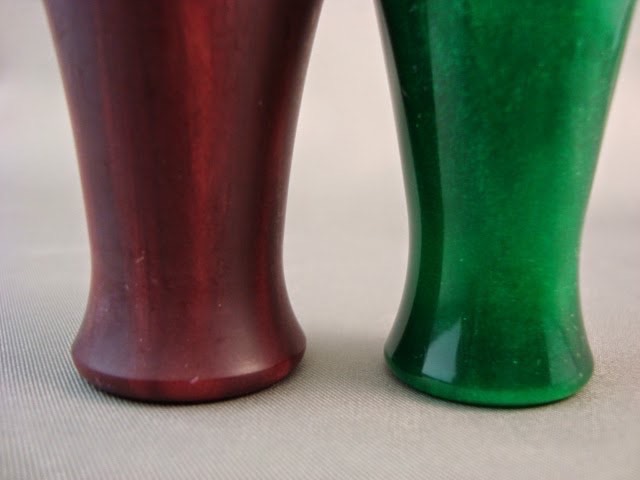Acrylic Polishing Compounds for Perfection
Acrylic polishing compounds come to help create crystal-clear and blemish-free finishes. This incredibly effective product group can work wonders in restoring brilliance to acrylic surfaces, whether one needs to take care of minor scratches or high gloss. With a suitable polishing compound, you will be able to transform a scratched, plain piece of acrylic into a shining, professional-grade finished product.
Understanding Acrylic Polishing Compounds
Most polishing compounds are abrasive. They do this by slowly wearing out the acrylic surface. They come either as creams, pastes, or liquids; each one comes into play during different phases of the polish. The key to selecting a compound is to choose one that corresponds with the amount of damage or the finish required for your acrylic piece..
For example, a coarser compound might be used first to remove deeper scratches, then a finer compound to finish off for added gloss and clarity. Some compounds are designed for hand applications, while others perform well under buffing machines where the job is huge and requires different degrees of precision.
Types of Acrylic Polishing Compounds

- Pre-Polishing Compounds: These are normally used at the very beginning of the polishing process. They are useful in rounding edges, filling significant imperfections, and preparing the surface for finer polishing. The pre-polishing compounds generally leave the metal finished in a matte manner but provide a basis for a high gloss later on.
- High-Gloss Polishing Compounds: Once most of the surface has leveled out, high-gloss compounds are applied to finish the shine. These compounds will be much finer and less abrasive, focusing on the elimination of minor scratches and giving the acrylic that polished, reflective finish. They are crucial in ensuring a professional, finished appearance.
- Mix Wonders: For smaller jobs or for those who desire convenience, all-in-one compounds are available. This is a product that is a blend of both the pre-polishing and high-gloss compounds, all combined into one process. While this creates a fast and easy process, it will not produce the same level of perfection as when using separate compounds in a step-by-step method.
Tips to Follow When Working with Acrylic Polishing Compounds
- Use the Right Tools: The acrylic polishing compound has to be used with the right tools such as buffing wheels or soft cloths so that the application is even, and the end result is superior.
- Apply Even Pressure: Consistency is the key. This avoids any kind of undesirable marks or uneven finish.
- Work in Stages: Coarser compounds should start and then move up to finer ones, which may help to build up the shine without damaging the acrylic.
Conclusion
Choosing the right acrylic polishing compound can make all the difference in that perfect finish. Whether it is restoring a scratched surface or adding extra gloss to a new piece, the right compound can completely make a difference. With the right products and techniques combined, acrylic polishing has become an art wherein ordinary materials are transformed into works of brilliance.
About Kramer Industries
Bring out the best of the art of acrylic polishing with Kramer Industries as your partner. For more than a century since 1911, we have been committed to providing top-notch advice and second-to-none acrylic polishing compounds for flawless, high-gloss finishes. Reach out to us for guidance at each step of acrylic polishing and delivering top results on every project.
Frequently Asked Questions (FAQs)
- What are acrylic polishing compounds used for?
Acrylic polishing compounds are used to restore clarity, smoothness, and shine to acrylic surfaces. They effectively remove scratches, haze, and oxidation, giving the acrylic a crystal-clear, professional-grade finish. - Can I polish acrylic by hand, or do I need a machine?
You can polish acrylic by hand using a soft cloth for small areas or light scratches. However, for larger surfaces or deeper blemishes, a buffing machine with compatible polishing pads provides faster and more uniform results. - What’s the difference between pre-polishing and high-gloss polishing compounds?
Pre-polishing compounds are coarser and designed to remove deeper scratches or imperfections. High-gloss polishing compounds are finer and used afterward to achieve a mirror-like, glossy finish on the acrylic surface. - Are all-in-one acrylic polishing compounds effective?
All-in-one compounds are convenient for minor jobs and quick restorations, as they combine coarse and fine abrasives. However, for the highest clarity and professional finish, it’s better to use separate compounds in multiple stages. - How do I choose the right polishing compound for my acrylic project?
Select a compound based on the level of surface damage and the finish you want. Use a coarse-grade compound for initial scratch removal and a fine or high-gloss compound for the final polish and clarity. - Can acrylic polishing compounds remove deep scratches?
They can remove light to moderate scratches. Deep gouges or cracks may require sanding with fine-grit sandpaper before polishing to ensure a smooth, even surface. - What tools should I use with acrylic polishing compounds?
Use soft cotton or microfiber cloths for hand polishing and buffing wheels or foam pads for machine polishing. Always ensure the tools are clean to avoid introducing new scratches. - Why choose Kramer Industries for acrylic polishing compounds?
Kramer Industries offers high-quality, precision-formulated acrylic polishing compounds that deliver flawless, high-gloss finishes. With over a century of surface finishing expertise, Kramer provides expert guidance and reliable products for every polishing need.




